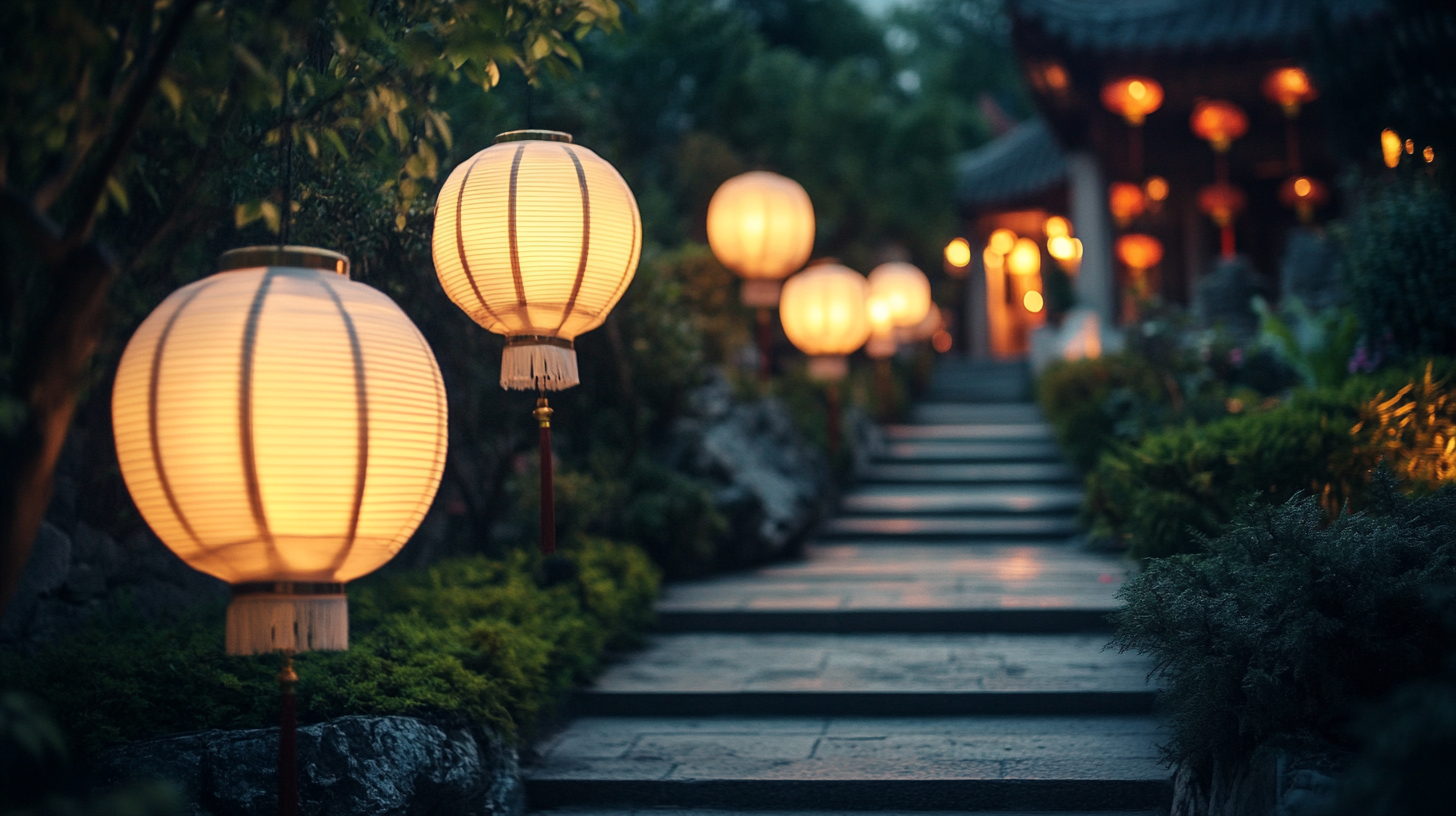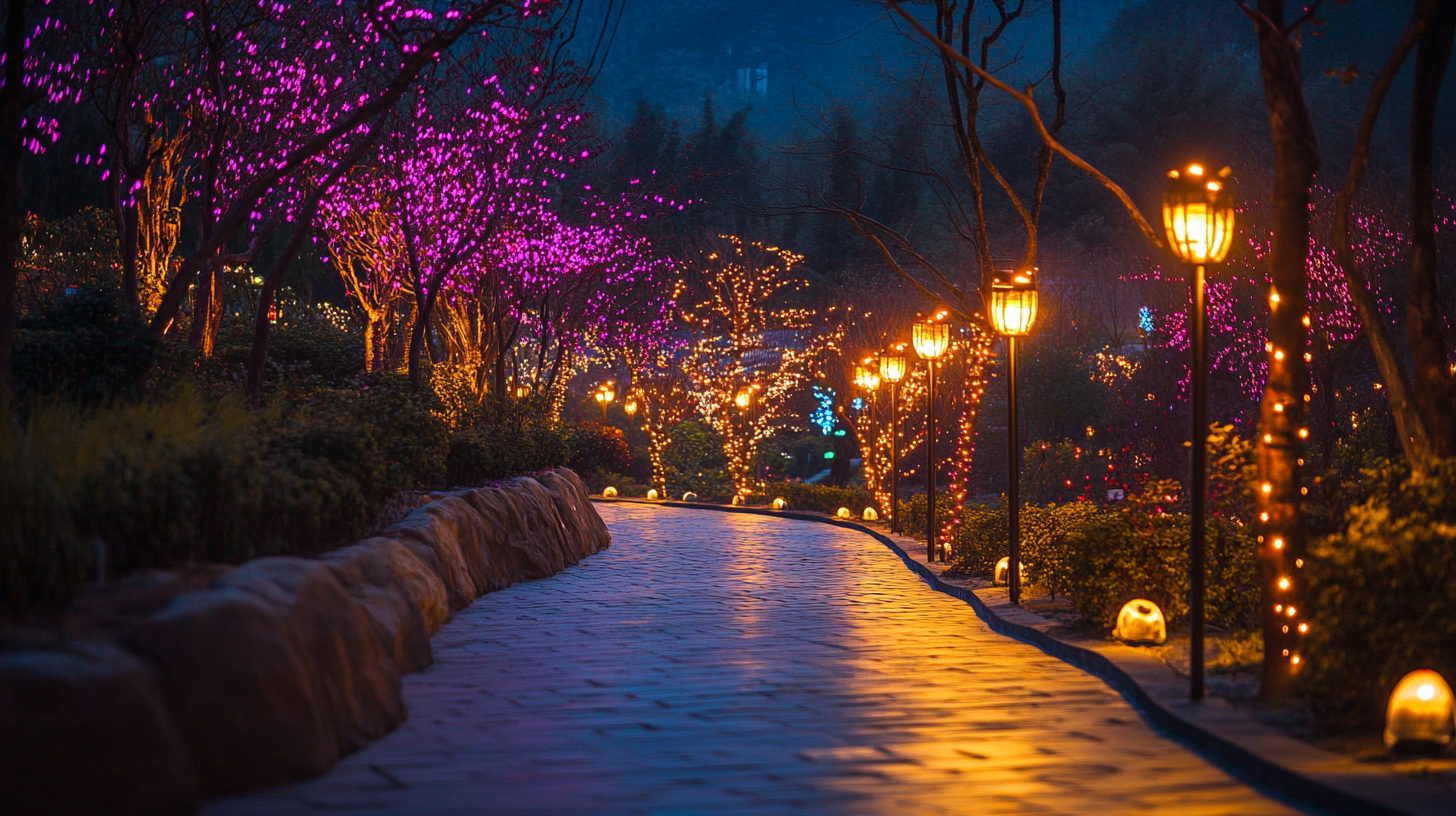Resilience in Manufacturing: How Chinese Brands of Best Low Voltage Garden Lights Thrive Amidst US-China Tariff Challenges
In the intricate landscape of global trade, the resilience of Chinese brands in the low voltage garden lights sector stands as a testament to their innovative strategies and adaptability. Amidst the turbulent waters of US-China tariff challenges, these manufacturers have not only weathered the storm but have also thrived, showcasing their ability to pivot in response to shifting economic tides. The surging demand for energy-efficient and aesthetically pleasing outdoor lighting options has provided a unique opportunity for Chinese enterprises to capitalize on their manufacturing strengths and technological advancements. By focusing on quality, competitive pricing, and sustainable practices, these brands have successfully penetrated international markets, demonstrating that even in the face of adversity, there is potential for growth and success. This blog delves into the factors contributing to the remarkable resilience of Chinese low voltage garden lights manufacturers and explores how they continue to overcome obstacles while maintaining their position in a competitive global marketplace.

Resilience in the Face of Tariffs: The Growth of Chinese Low Voltage Garden Lights
Amid the intensifying US-China tariff challenges, Chinese manufacturers in the low voltage garden lights sector demonstrate remarkable resilience. The recent increase in tariff rates, which climbed from 34% to an unprecedented 84%, has prompted many companies to reevaluate their supply chain strategies and product offerings. Despite the harsh economic landscape, these brands have leveraged innovation and adaptability to thrive. By investing in advanced manufacturing technologies and focusing on quality, they not only manage to retain their competitive edge but also cater effectively to a growing demand for sustainable outdoor lighting solutions.
Furthermore, the resilience of these Chinese brands is underscored by their ability to identify new market opportunities and enhance customer engagement. With the ongoing transition towards renewable energy sources, these manufacturers align their product lines with greener initiatives, appealing to environmentally-conscious consumers. As the market faces uncertainties, the agility demonstrated by these companies will be critical in navigating the volatile tariff environment while maintaining growth and market share in the global industry.

Understanding the Impact of US-China Tariffs on Manufacturing and Trade
The ongoing US-China trade tensions have significantly impacted various sectors, especially manufacturing. Tariffs imposed by the United States on Chinese goods have led to unforeseen challenges in the supply chain, disrupting the flow of raw materials and finished products. For instance, tariffs on key components such as lithium-ion batteries have increased costs for manufacturers, compelling them to reconsider their sourcing strategies. This situation has forced many companies to innovate and adapt in order to maintain competitiveness amidst rising operational costs.
Despite these hurdles, some Chinese brands specializing in low voltage garden lights have thrived by leveraging resilience and strategic foresight. These manufacturers have found ways to optimize their supply chains, often by seeking alternatives or diversifying their supplier networks to mitigate the effects of tariffs. Additionally, focusing on the efficiency of production processes and enhancing product quality has allowed these brands to not only survive but also gain market share in an increasingly challenging landscape. Their ability to navigate tariff complexities exemplifies how adaptability can drive success, even in the face of significant trade obstacles.

Data-Driven Insights: Market Trends for Low Voltage Garden Lighting in 2023
As we navigate through 2023, the low voltage garden lighting market is witnessing intriguing trends shaped by shifting consumer preferences and economic factors. A growing demand for outdoor aesthetics has led to an increased interest in energy-efficient lighting solutions. Homeowners are now prioritizing sustainable options that not only enhance their gardens but also contribute to energy conservation. This shift is particularly prominent in markets influenced by eco-conscious consumers, driving manufacturers to innovate and incorporate advanced technologies, such as LED lighting and smart controls, into their offerings.
Amidst the challenges posed by US-China tariff policies, Chinese brands are leveraging data-driven insights to optimize their marketing strategies. By analyzing consumer behavior and market demands, these brands can identify gaps in the market and cater to niche segments effectively. Social media platforms and e-commerce channels are being utilized to foster direct engagement with consumers, creating a more personalized shopping experience. This adaptability not only aids in maintaining competitive pricing but also strengthens brand loyalty amid ongoing economic uncertainty. As the low voltage garden lighting sector continues to blossom, companies that remain attuned to market dynamics and consumer trends are positioned to thrive.
Strategies for Adaptation: How Chinese Brands Overcome Tariff Challenges
As US-China tariff challenges persist, Chinese brands specializing in low voltage garden lights are leveraging innovative strategies to adapt and thrive in the competitive market. According to a report by MarketsandMarkets, the global garden lighting market is projected to grow from $3.2 billion in 2021 to $4.2 billion by 2026, reflecting an increasing consumer preference for energy-efficient outdoor lighting solutions. To capitalize on this trend, Chinese manufacturers are focusing on enhancing their product quality and implementing efficient supply chain management practices, allowing them to maintain cost-effectiveness despite import tariffs.
In addition, many Chinese brands are adopting advanced manufacturing technologies, such as automation and smart production systems. A recent analysis by Deloitte highlighted that manufacturers who invest in digital transformation are 3 times more likely to experience revenue growth. By integrating smart technology into their production processes, Chinese companies can not only reduce operational costs but also improve product innovation, allowing them to meet the evolving demands of environmentally-conscious consumers. This resilience in adapting to tariff challenges underscores the agility and forward-thinking nature of Chinese brands in the global market.
Future Prospects: Innovations and Sustainability in the Manufacturing Sector
In recent years, the manufacturing sector has faced unprecedented challenges, particularly due to US-China trade tensions. However, Chinese brands producing low voltage garden lights have not only adapted but are also leading the way in innovation and sustainability. According to a report by Global Market Insights, the global garden lighting market is expected to reach USD 5 billion by 2026, fueled by rising consumer interest in outdoor aesthetics and energy-efficient solutions. This presents a significant opportunity for Chinese manufacturers to innovate and introduce sustainable products that appeal to environmentally-conscious consumers.
Moreover, advancements in LED technology and smart lighting systems have begun to redefine the garden lighting landscape. With a projected annual growth rate of over 15% in smart outdoor lighting between 2021 and 2027, Chinese manufacturers are increasingly investing in R&D to develop features such as app-controlled lighting and solar energy integration. By prioritizing sustainability, such as using recyclable materials and energy-efficient manufacturing processes, these brands not only comply with global environmental standards but also cater to a growing market that values eco-friendly products. As these companies continue to innovate, they set benchmarks for resilience in the face of tariffs and economic uncertainties, ensuring their competitiveness in an evolving marketplace.